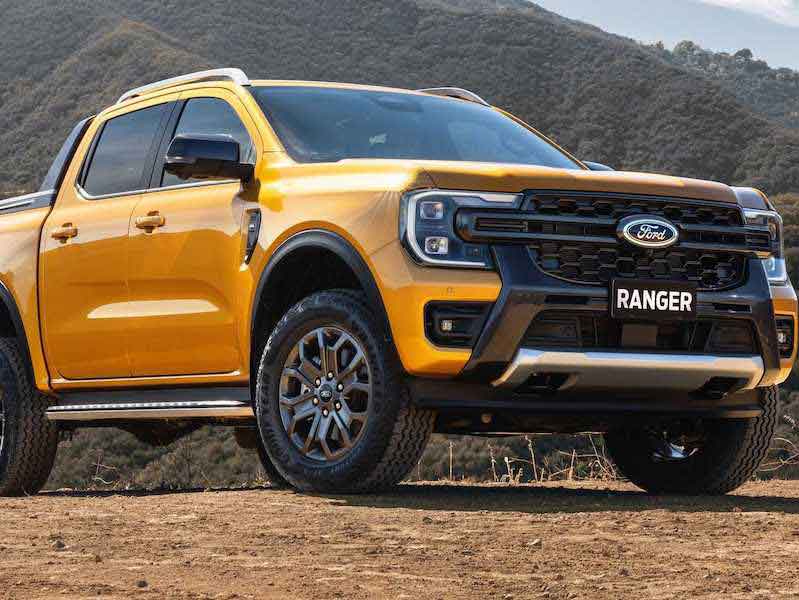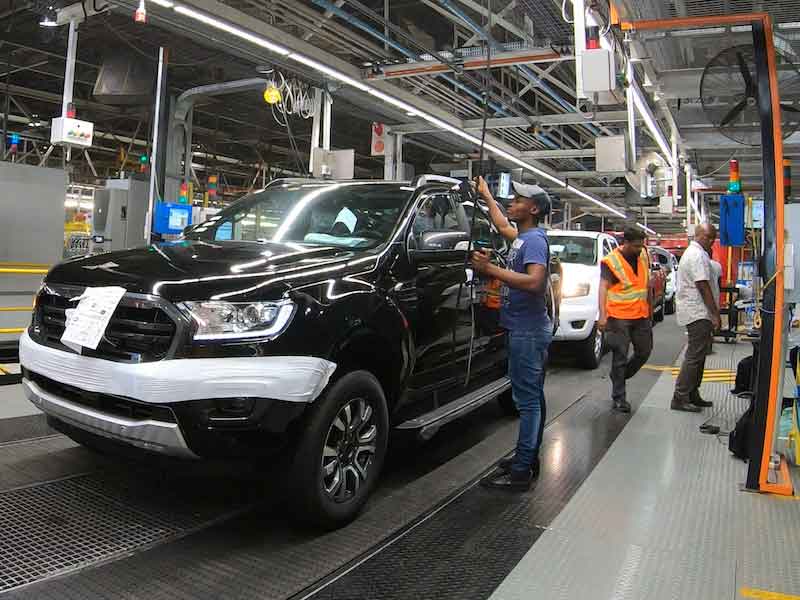The more than $1 billion that Ford Motor Company of South Africa is spending to upgrade its South African manufacturing operations in Pretoria not only includes new equipment and technology, but also the experts who will be running it.
 Rodolfo RamirezThat includes utilizing PPG’s Coatings Services division to operate and maintain the electrocoat lines that are instrumental to the Ford Silverton Assembly Plant’s upgraded paint shop operations for the all-new Ranger pickup truck.
Rodolfo RamirezThat includes utilizing PPG’s Coatings Services division to operate and maintain the electrocoat lines that are instrumental to the Ford Silverton Assembly Plant’s upgraded paint shop operations for the all-new Ranger pickup truck.
Rodolfo Ramirez, General Manager of Global Coatings Services for PPG, says Coatings Services has three ways to service customers: their own free-standing coating lines, operating in-house coating lines, and also providing engineering solutions.
Delivering a Turnkey Solution to OEM
“We can design, engineer, and integrate a plan for a customer,” Ramirez says. “PPG can then deliver it as a turnkey solution, or we can even operate it for them, as is the case with Ford Motor Company of South Africa.”
Ford Motor Company of South Africa’s $1.05 billion (R15.8 billion) investment is the biggest one in the company’s 97-year history in South Africa. The company says it also represents one of the largest-ever investments in the South African automotive industry, boosting Ford Motor Company’s production capability and creating new jobs.
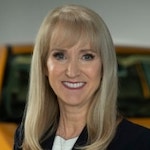 Dianne Craig“This investment will further modernize our South African operations, helping them to play an even more important role in the turnaround and growth of our global automotive operations, as well as our strategic alliance with Volkswagen,” says Dianne Craig, president, Ford’s International Markets Group. “Ranger is one of our highest volume, most successful global vehicles. This investment will equip our team with the tools and facilities to deliver the best Ford Ranger ever, in higher numbers and with superior quality.”
Dianne Craig“This investment will further modernize our South African operations, helping them to play an even more important role in the turnaround and growth of our global automotive operations, as well as our strategic alliance with Volkswagen,” says Dianne Craig, president, Ford’s International Markets Group. “Ranger is one of our highest volume, most successful global vehicles. This investment will equip our team with the tools and facilities to deliver the best Ford Ranger ever, in higher numbers and with superior quality.”
The annual installed capacity at the Silverton plant will increase to 200,000 vehicles from 168,000, which the company says supports the production of the all-new Ford Ranger pickup truck for the domestic market and export to over 100 global markets. Ford says the plant also will manufacture Volkswagen pickups trucks as part of the Ford-VW strategic alliance.
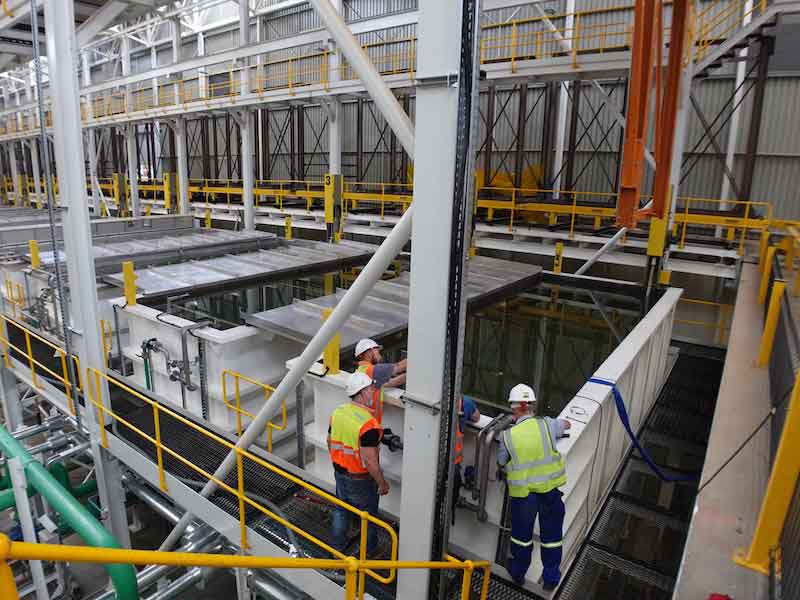
Ford will be using low temperatures for curing due to the introduction of POWERCRON 6200HE technology which cures at 15-20°C lower metal temperatures than the previous 4th and 5th generation electrocoat products, thus resulting in reduced liquefied petroleum gas (LPG) consumption on the oven from ±36kg/h to ±18kg/h per burner. The oven has three burners; thus, the VOCs emissions will also be reduced.
PPG also introduced low-temperature chemicals for the degreasing tanks, such as ULTRAX 94D, which is a liquid alkaline cleaner developed by PPG for use in low-temperature cleaning. For the phosphate application on multi-metal substrates, they introduced Chemfos 700AW and 700RW and for the low-temperature operation of the tri cationic zinc phosphate tank, which meets the Ford specifications. These innovative low-temperature chemicals will result in lower energy use, and a reduction in VOCs released as the burners used to heat up the tanks is using LPG during heating. These will have a significant reduction in the energy costs for the chassis plant.
PPG will also be introducing their neutral descaler rather than the conventional acid pickling, which is a much more environmentally friendlier product. The neutral descaler also runs at much lower temperatures than the acid pickling during production.
Only local labor and sub-contractors were used in constructing the plant, and PPG also sourced all plant construction materials locally. That resulted in over 400 jobs during the construction stage and 52 going forward during the production phase of the paint shop at the Ford SEZ plant. All plant materials were also sourced locally.
Pretreatment, Surface Prep, Ecoat, and Final Finish
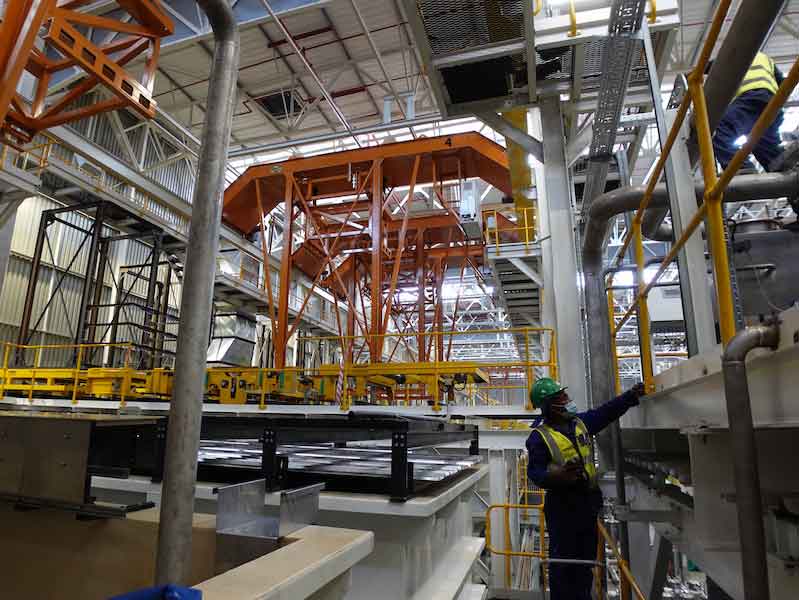
PPG’s Coatings Services business builds on the combined experience of the MetoKote Corporation and The Crown Group. Based in Lima, Ohio, MetoKote was founded in 1969 and had sales of over $200 million and more than 1,500 employees when PPG acquired them in 2016. They operated on-site coatings services within several customer manufacturing locations, as well as at regional service centers located throughout North America and Europe.
A year later, in 2017, PPG acquired the Crown Group in Warren, Michigan, which at the time applied coatings to customers’ manufactured parts and assembled products at 11 U.S. sites with 950 employees.
Today, PPG Coatings Services has 34 locations spanning seven countries that provide cost-effective coating solutions to a wide variety of industries such as agriculture, appliance, automotive, computer, construction equipment, electrical components, furniture, industrial equipment, recreational, truck and bus, and alternative energy.
PPG designs the system and works with external partners on certain components, such as ovens, tanks, and application equipment.
Ecoat, Powder Coat, and Liquid Paint
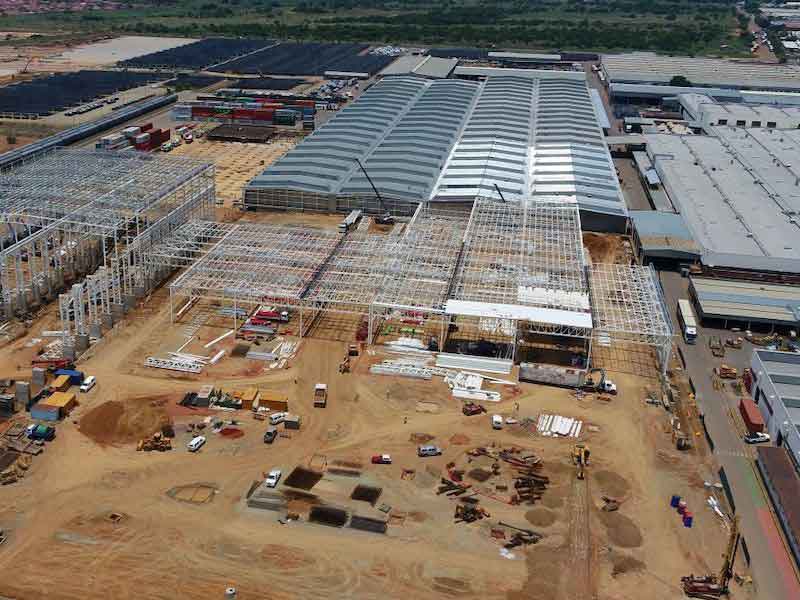 Only local labor and sub-contractors were used in constructing the plant, and PPG also sourced all plant construction materials locally.Ramirez says PPG Coatings Services’ full range of high-technology solutions includes electrocoating, powder coating, liquid paint, DragonHide™ polyurea coating, lightweight aluminum coating, and other custom coatings.
Only local labor and sub-contractors were used in constructing the plant, and PPG also sourced all plant construction materials locally.Ramirez says PPG Coatings Services’ full range of high-technology solutions includes electrocoating, powder coating, liquid paint, DragonHide™ polyurea coating, lightweight aluminum coating, and other custom coatings.
“We saw an opportunity in the market with large OEMs — both automotive and industrial — to offer additional support and integration within the value-chain,” he says. “That’s when we entered the space, and we have been expanding our engineering solutions capabilities to continue to support our customers.”
PPG operates “Regional Coating Centers” that provide customized outsourced coating services throughout North America and Europe for more than 900 OEMs, tier suppliers, and parts manufacturers worldwide.
As in the case of Ford Motor Company of South Africa, PPG operates an “InSite” turnkey coatings systems and management program that Ramirez says unites all the benefits of a dedicated in-house coatings system without the capital investment, environmental concerns, and difficulties associated with managing one.
PPG professionals, not only design, build, install and operate an in-house coatings system tailored to a customer’s specific application, they also manage every aspect of the coating line after it is built to justify production volumes, enhance production efficiency and improve quality control.
Offering Range of Value-Added Benefits
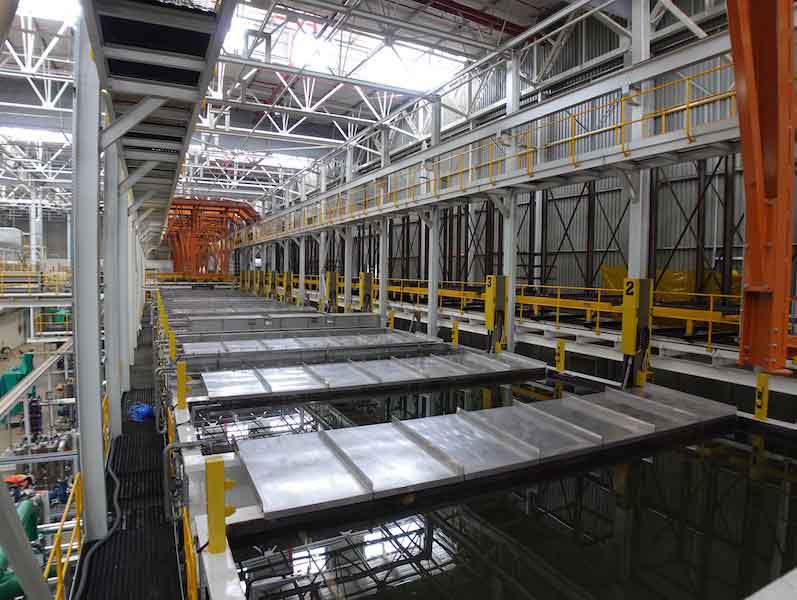
In 2019, PPG spent over $10 million on a new 82,000-square-foot facility and class-A paint line at its Greenville, South Carolina, coatings services facility. The expansion was needed to accommodate the increased demand for class A coatings application and value-added services for the automotive and large truck markets. Class A coatings include those used on surfaces that are readily seen or touched by customers, such as hoods and door skins.
The Greenville plant opened in 2013 as a dedicated coatings services facility for OEMs and tier-one suppliers. In 2015, the facility was expanded to include aftermarket packaging and hem sealing services, the process used in the automotive industry to join inner and outer closure panels. Specializing in (e-coat) services, the plant is a leader in the application of class A exterior coatings on aluminum and galvanized substrates for domestic and overseas markets.
Ramirez says OEMs see a great value in what PPG is offering — both with external or internal coating operations.
“We can simplify the purchase process, and we can make sure that the right coating technology is on the line,” he says. “When we are running the lines for them, it creates additional time and focuses for the OEM to focus on their core, which in the case of Ford is designing and assembling vehicles.”
Ford’s Global Production Quality Database
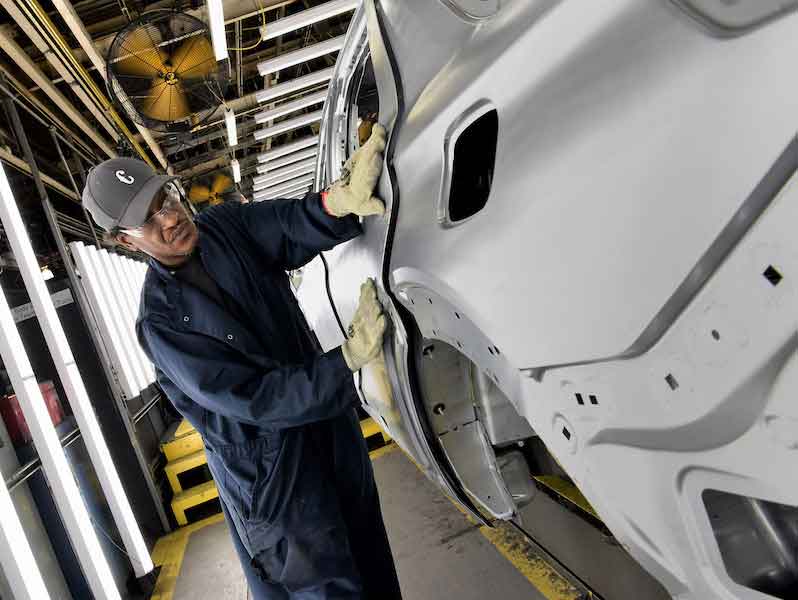 The paint inspection technology is fully integrated into Ford’s global production quality database for its manufacturing operations that are accessible from anywhere in the world via the company’s secure intranet. The paint inspection technology is fully integrated into Ford’s global production quality database for its manufacturing operations that are accessible from anywhere in the world via the company’s secure intranet. It links the images taken and the imperfections detected with the vehicle identification number (VIN) for full traceability and quality assessments.
The paint inspection technology is fully integrated into Ford’s global production quality database for its manufacturing operations that are accessible from anywhere in the world via the company’s secure intranet. The paint inspection technology is fully integrated into Ford’s global production quality database for its manufacturing operations that are accessible from anywhere in the world via the company’s secure intranet. It links the images taken and the imperfections detected with the vehicle identification number (VIN) for full traceability and quality assessments.
Furthermore, the system enables constant monitoring and feedback on real-time data based on the number of defects by color, model, body panel so that corrective actions can be implemented immediately to address any quality concerns in the paint process – ultimately contributing to the highest level of paint quality for Ranger and Everest models produced in South Africa.
Ramirez says that as shops and OEMs demand a higher quality of coating — and a faster throughput — that PPG is seeing how its Coatings Services division is becoming more important to customers worldwide.
“It is not just automotive,” Ramirez says. “It’s general transportation, commercial vehicles, and heavy-duty equipment markets that are also interested in improving their asset life, and that all starts with corrosion protection.”





